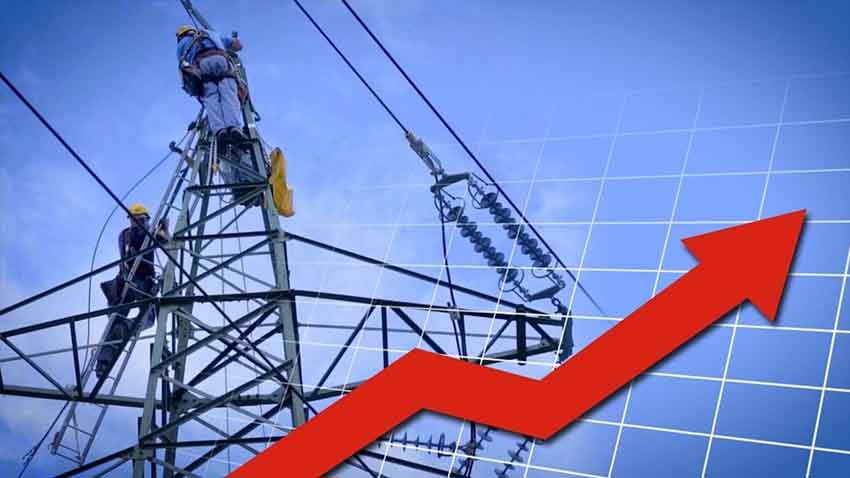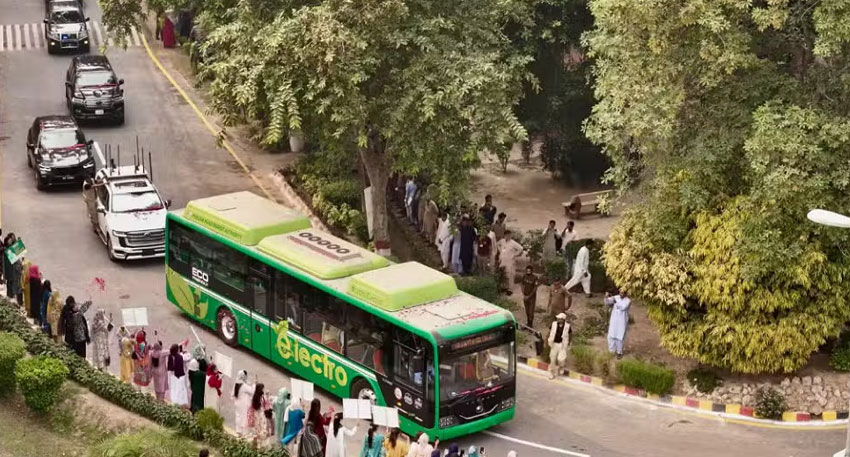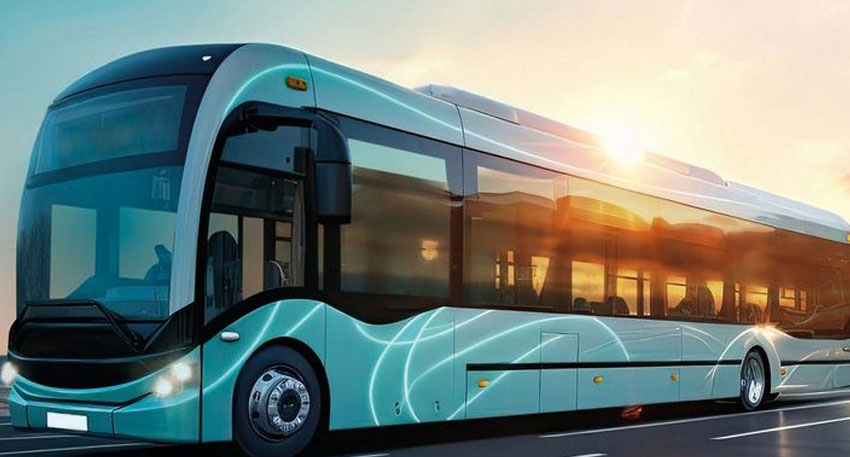
According to the official notification issued by NEPRA, power rates have been increased by 8 paisas per unit. The hike will apply to all consumers, including those under K-Electric, as per the government’s policy guidelines.
The additional amount will be charged in October’s electricity bills. The Central Power Purchasing Agency (CPPA) had earlier submitted a request seeking a rise of 19 paisas per unit under the fuel price adjustment for August.
In its application, the CPPA informed NEPRA that during August, a total of 102.94 billion units of electricity were supplied to distribution companies (DISCOs). The average cost of generation rose to Rs7.50 per unit from the earlier Rs7.31 per unit.
Read more: Minimum salary set at Rs40,000 per month – Check workers’ new wage rates
The data showed that the cost of electricity produced from local coal was Rs12.01 per unit, while imported coal pushed the cost even higher to Rs14.07 per unit.
Similarly, the cost of power generated through furnace oil reached Rs33 per unit, gas-based power stood at Rs13.43 per unit, and electricity from LNG cost Rs21.73 per unit.
Officials also revealed that imported electricity from Iran was the most expensive, costing Rs41 per unit, while power generated from bagasse (sugarcane waste) remained the cheapest at Rs9.87 per unit.
NEPRA had earlier reserved its decision on CPPA’s request for an increase in electricity rates, which has now been officially approved.
The fresh hike adds to the burden on already struggling consumers facing high inflation and utility costs.
Experts say the rise reflects Pakistan’s growing dependence on imported fuels, which continue to push up generation expenses. While NEPRA approved a smaller hike than requested, the consistent upward trend in energy prices remains a major challenge for households and industries alike.




